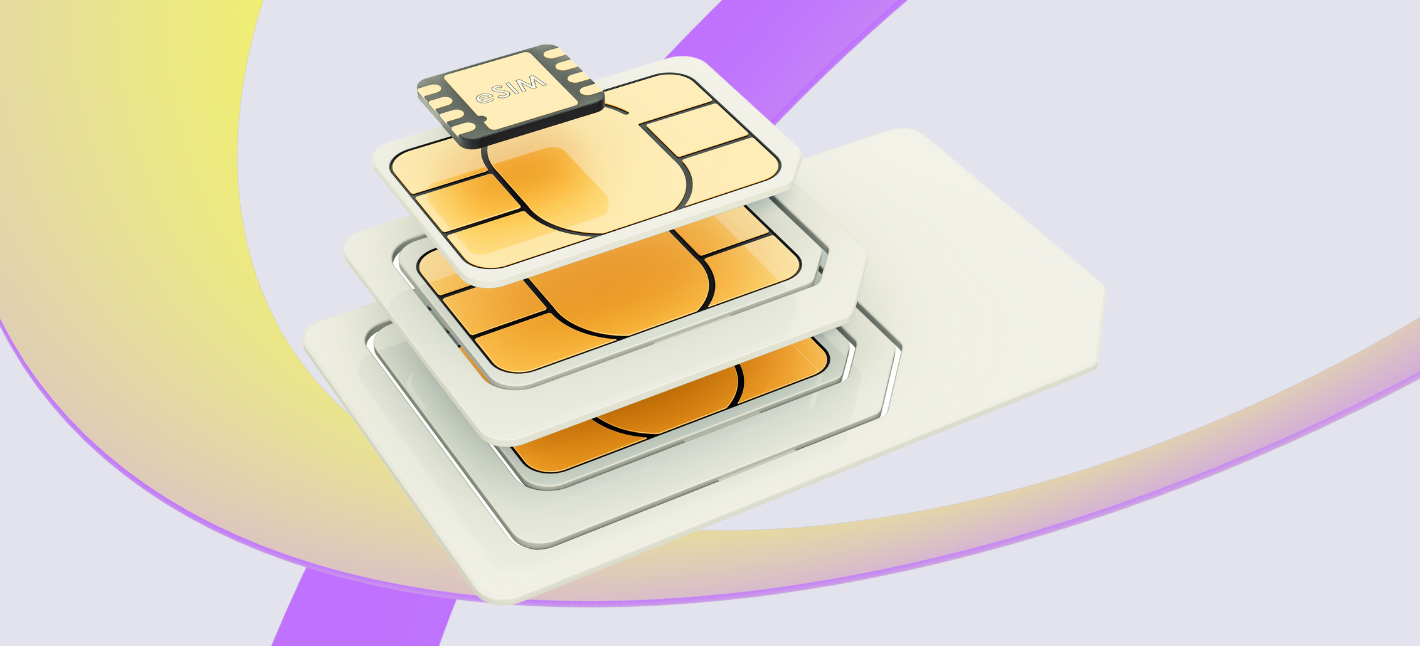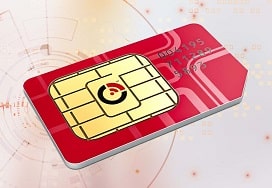IoT Connectivity Sim Best IoT Connectivity Management Software
The integration of the Internet of Things (IoT) in wearable gadgets is remodeling the expertise panorama. Understanding the most effective IoT connectivity choices for wearable units is essential for builders and manufacturers aiming to ship seamless person experiences. Different connectivity options cater to a range of needs various from energy consumption to knowledge switch speeds and network availability.
Bluetooth has emerged as a extremely well-liked option for connecting wearable units, mainly because of its low energy necessities and high compatibility with numerous smart devices. This technology permits units like health trackers and smartwatches to seamlessly trade knowledge with smartphones and tablets. The current developments, together with Bluetooth 5.zero, have significantly improved range and pace, making it a robust choice for many wearable applications.
Long Range IoT Connectivity Best IoT Connectivity Management Software
Wi-Fi is one other sturdy contender, significantly in eventualities the place high data throughput is required. Wearable units that constantly stream high-resolution knowledge, such as video or wealthy media content material, profit from Wi-Fi’s pace. The ubiquity of Wi-Fi networks permits for simple entry in urban environments, enhancing functionality for wearables designed for fitness or health monitoring.
Cellular connectivity has carved its niche, especially in standalone wearable units that don't require tethering to a smartphone. Technologies like LTE and LTE-M have made it feasible for wearables to speak instantly with cellular networks. This option provides a broad range when customers enterprise outdoor, allowing units to ship and obtain information even with out native Wi-Fi. Cellular connectivity is particularly advantageous for emergency providers, health-monitoring wearables, and even primary communication gadgets.
Managed IoT Connectivity Services Quick Overview of IoT Connectivity Types
Narrowband IoT (NB-IoT) stands out as a specialised connectivity possibility for devices that need to send small quantities of information occasionally. This makes it best for wearables that monitor health metrics or environmental circumstances. Leverage the low power consumption attribute of NB-IoT permits gadgets to function for extended periods on minimal battery life, making it a compelling possibility for IoT-based wearables designed for long-term monitoring (Cloud Connectivity In IoT).
Zigbee and Z-Wave are excellent choices for wearables that operate inside smart home ecosystems. While these technologies are sometimes suited to home automation, they will nonetheless play a job in wearables that need to hook up with other house devices for particular use circumstances. For occasion, wearable health displays may interact with smart home devices like medication dispensers to ensure medicine adherence.
Mesh networking options enable wearables to create self-healing communication networks. In giant or crowded areas where direct connections could undergo from interference, mesh networking establishes redundant pathways for information to achieve its vacation spot. This is especially helpful in scenarios similar to outdoor occasions or crowded sports arenas, the place a number of users may be utilizing their wearables simultaneously.
LPWAN technologies like LoRaWAN supply low-power wide-area community communications which are good for wearables utilized in remote areas. These options excel in rural or off-grid settings, making them well-suited for agricultural monitoring wearables. By offering long-range communication capabilities with minimal energy consumption, LPWAN technologies handle crucial wants for wearables in more isolated environments.
Connectivity Technologies In IoT Ultimate Guide to IoT Connectivity
When choosing connectivity options, the particular use case of the wearable becomes paramount. Devices designed for lively sports could profit more from Bluetooth or Wi-Fi as a result of their instant data-exchanging requirements. On the other hand, wearables supposed for health monitoring may prioritize low power options like NB-IoT or LPWAN technologies, exploring long-term information collection capabilities.
Security features must even be thought of when evaluating IoT connectivity choices. With the rise in wearable devices amassing delicate personal data, it is important for manufacturers to ensure that the chosen connectivity kind comes equipped with strong safety measures. Encryption and authentication protocols are essential to prevent unauthorized entry to wearable information.
The scalability of a connectivity possibility is one other critical facet to ponder. As the demand for IoT wearables continues to rise, producers want to ensure that their connectivity decisions can scale efficiently. This encompasses not simply the ability to handle increased data transmission but additionally making certain network capability to accommodate a growing consumer base with out compromising performance.
In the evolving world of health and health, the functionality of wearables is continuously intensifying, making the selection of connectivity more essential than ever. Emerging technologies like 5G maintain the promise of opening much more alternatives. With faster speeds and lower latency, 5G can facilitate real-time data sharing between gadgets, amplifying the interactivity and immediacy anticipated from future wearable technologies.
Connectivity Management Platform IoT Infrastructure and Connectivity for IoT Devices

As the IoT panorama matures, collaboration among connectivity suppliers will probably become more common. Wearables could start adopting multi-connectivity options, allowing devices to change between totally different networks based mostly on availability and task requirements. This hybrid approach would not only enhance reliability but also optimize power consumption, enabling longer utilization between costs.
Understanding the iot connectivity control best IoT connectivity options for wearable units is thus a multi-faceted endeavor. By considering the operational necessities, consumer situations, and expertise advancements, stakeholders can make informed decisions that meet both consumer expectations and industry standards. The way forward for wearables lies in harnessing these numerous connectivity options to craft integrated, responsive, and user-centric technologies.

As technology continues to evolve, staying ahead of the curve turns into important for all gamers concerned in the wearable market. The demands for knowledge assortment, real-time interaction, and user security dictate that the chosen connectivity options align with current tendencies whereas readying for future developments. Ultimately, one of the best connectivity answer will facilitate a superior consumer experience, making certain wearable units are not just functional, but additionally important to day-to-day life.
Vodafone Managed IoT Connectivity Platform Tactics for Overcoming IoT Connectivity Challenges
- Utilization of low-power wide-area networks (LPWAN) similar to LoRaWAN provides extended coverage and lengthy battery life for wearable devices utilized in remote monitoring applications.
- Bluetooth Low Energy (BLE) allows for fast information transmission with minimal power consumption, making it best for health trackers and health monitoring units.
- Cellular IoT technologies, like NB-IoT or LTE-M, offer strong connectivity, enabling wearables to function independently with out counting on smartphones, suitable for critical purposes.
- Zigbee is perfect for wearable devices that want to attach with smart house systems, providing a reliable mesh community for enhanced communication.
- Satellite communication allows wearables to function in extraordinarily remote locations where conventional networks are unavailable, ensuring consistent knowledge transmission for activities like outside sports activities.
- Wi-Fi 6 introduces improved bandwidth and effectivity, making it suitable for wearables requiring high data charges in crowded environments, such as augmented reality applications.
- Sigfox networks are useful for wearables because of their simplicity and cost-effectiveness, primarily focusing on sending small amounts of knowledge over lengthy distances.
- 5G connectivity guarantees ultra-low latency and enhanced bandwidth, enabling superior functionalities in wearables, together with real-time health monitoring and immersive user experiences.
- NFC (Near Field Communication) facilitates safe, short-range communication for wearable devices, perfect for payment options or access control applications.
- Thread technology combines the benefits of mesh networking with the security and low energy consumption options, making it a robust candidate for smart wearable ecosystems.undefinedWhat are the most well-liked IoT connectivity choices for wearable devices?undefinedCommonly used IoT connectivity options for wearable devices include Bluetooth, Wi-Fi, cellular (like LTE and 5G), Zigbee, and LoRaWAN. Each option has its personal advantages relying on range, power consumption, and data switch needs.
How does Bluetooth compare to Wi-Fi for wearables?undefinedBluetooth is ideal for short-range connectivity and low energy consumption, making it suitable for fitness trackers and smartwatches. Wi-Fi offers larger bandwidth and broader internet access, but it usually consumes more power and is healthier for devices that want fixed connectivity.
What are the benefits of utilizing cellular connectivity for wearables?undefinedCellular networks enable wearables to hook up with the web without having a paired smartphone. This allows for real-time notifications, GPS monitoring, and unbiased operation, making it excellent for units like smartwatches designed for fitness and safety functions.
How does battery life influence the choice of connectivity for wearables?undefinedBattery life is crucial for wearable gadgets. Low-power options like Bluetooth Low Energy (BLE) assist maximize usage time whereas still offering connectivity. Devices requiring frequent information transfer would possibly use higher power choices, necessitating larger batteries or extra frequent charging.
IoT Connectivity Types Connectivity for IoT Products

What function does security play in IoT connectivity for wearables?undefinedSecurity is paramount in IoT connectivity as wearables usually deal with sensitive person data - IoT Global Connectivity. Options employing strong encryption protocols and safe authentication methods assist shield user information and forestall unauthorized access.
Can wearables connect with multiple IoT networks simultaneously?undefinedYes, many trendy wearables can connect with a number of IoT networks, allowing them to modify between different connectivity choices based on availability and performance. This enhances flexibility and ensures continuous monitoring and communication.
What components ought to be thought of when choosing a connectivity possibility for wearable devices?undefinedKey review elements embody vary, energy consumption, information transfer pace, compatibility with current networks, and the particular use case of the wearable. Analyzing these criteria helps in choosing essentially the most suitable connectivity answer.
Internet Connectivity Principles In IoT What Does IoT Connectivity Look Like?
Are there any emerging technologies which will improve IoT connectivity for wearables within the future?undefinedYes, rising technologies like 5G will considerably improve IoT connectivity by offering higher data charges, decrease latency, and improved reliability. This is anticipated to allow extra superior purposes and functionalities for wearable devices.
How do regulatory standards have an effect on connectivity choices in wearables?undefinedRegulatory standards ensure that connectivity technologies adjust to safety, privacy, and interoperability requirements. Adhering to these standards is critical for producers to make sure usability and market acceptance while protecting users' rights and information.
What is the most effective connectivity choice for medical wearables?undefinedFor medical wearables, cellular connectivity is often most popular as a result of its capability for real-time information transmission and regulatory compliance. Secure and secure connections are essential in healthcare functions for monitoring very important signs and offering timely alerts.